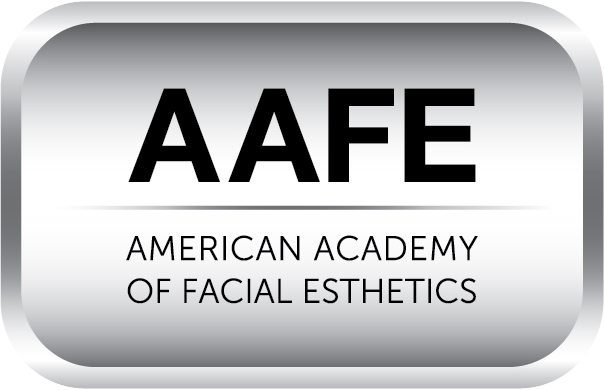Family Dentistry: Causes and Tips to Help Your Tooth Sensitivity

Family dentistry teaches that the primary cause of sensitive teeth relates to the loss of enamel. Enamel is the protective coating on the outside of the tooth. If chewy foods incite pain and hot or cold drinks tighten the jaw, the problem may simply be sensitive teeth. When this layer deteriorates nerve endings are exposed, making the tooth privy to more extreme sensations.
Causes of enamel erosion
Acidic food and drinks
Acid is enemy number one of enamel. Whether it comes directly in the form of highly acidic food and drinks, like soda, or as a product of bacteria consuming the sugar left in your mouth, enamel wilts in its presence. There are several consequences of this deterioration process, the first of which may be sensitive teeth. All the more reason to regularly visit a practitioner of family dentistry and practice good oral hygiene daily.
Excessive brushing of teeth
Part of oral hygiene is, of course, brushing those teeth. But be careful, overzealous brushing can actually damage enamel. That is right, it is possible to scrub the protective layer of the teeth away with the bacteria it is guarding against. Another self-inflicted blow to enamel commonly seen in family dentistry settings is the clenching of the jaw. Grinding teeth can be particularly harmful to enamel if teeth are misaligned for whatever reason.
Common sense tips to help decrease tooth sensitivity
Improve diet
Simple dietary choices are the first way to give enamel a break (figuratively speaking that is). Avoiding acidic soft drinks and the refined sugars that gum bacteria so readily feast upon is highly recommended by family dentistry. Instead, in the case of a sweet tooth, look to fibrous fresh fruits. Pair them with dairy products like yogurt and milk, which have basic pH’s, to counterbalance enamel dissolving acids.
Brush appropriately
As mentioned previously, brushing is key to removing the plaque which will eat away at gum tissue but can also strip away protective enamel if not done carefully. Technique, touch and patience are all key to successful brushing. It pays not to rush the process. Spend a good two minutes in front of the mirror. When brushing around the gum line avoid harsh side to side or up and down strokes. Tilt the brush on a 45-degree angle and go over the area with smooth circular strokes. Having a soft bristle brush is important as well, so rinse the brush well after use and when the bristle are no longer at their best do not be afraid to invest in a new brush.
Reduce tension
Finally, though easier said than done, it is important to reduce stress. Stress is what tightens the jaw and grinds teeth against one another. Try pressing the tongue against the roof of the mouth or focusing on breathing through the diaphragm. These practices may relieve pressure on the jaw and save enamel some unnecessary wear.
Conclusion
Encouraging healthy enamel is the key to avoiding and curing sensitive teeth. Smart dieting and proper brushing, along with unclenching the jaw, are positive steps to soothe sensitive teeth.
Are you considering family dentistry in the Dalton area? Get more information at https://drcalldental.com.
Check out what others are saying about our services on Yelp: Read our Yelp reviews.
Related Posts
Gum disease is one of the most common oral health issues dentists encounter in patients of all ages. It can range from mild gum irritation to severe conditions that affect the tissues and bones supporting your teeth. The root cause of gum disease is typically the accumulation of plaque on the teeth and gums. Understanding…
Dental bonding is one of the treatment options available for individuals seeking to improve their smile. A report by the American Dental Association found that almost 33% of young adults avoid smiling due to the condition of their teeth. This statistic shows the effect of dental aesthetics on one’s social life and self-esteem. This article…
Chipping needs dental bonding so that the tooth can regain its proper structure. Trauma and decay are the most common causes of dental chipping. Both cause the tooth to weaken and break easily. Your dentist must use this treatment to correct the damage right away. Here are the details on using dental bonding to repair…
When sudden dental pain occurs, an emergency dentist can provide critical relief and timely treatment. A toothache often appears unexpectedly, disrupting daily activities or restful sleep at night, signaling that you need urgent dental care. Understanding what steps to take when this type of pain occurs can help prevent further complications to your teeth and…


